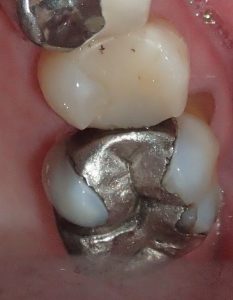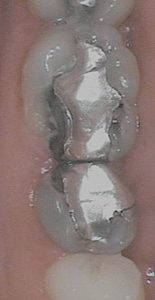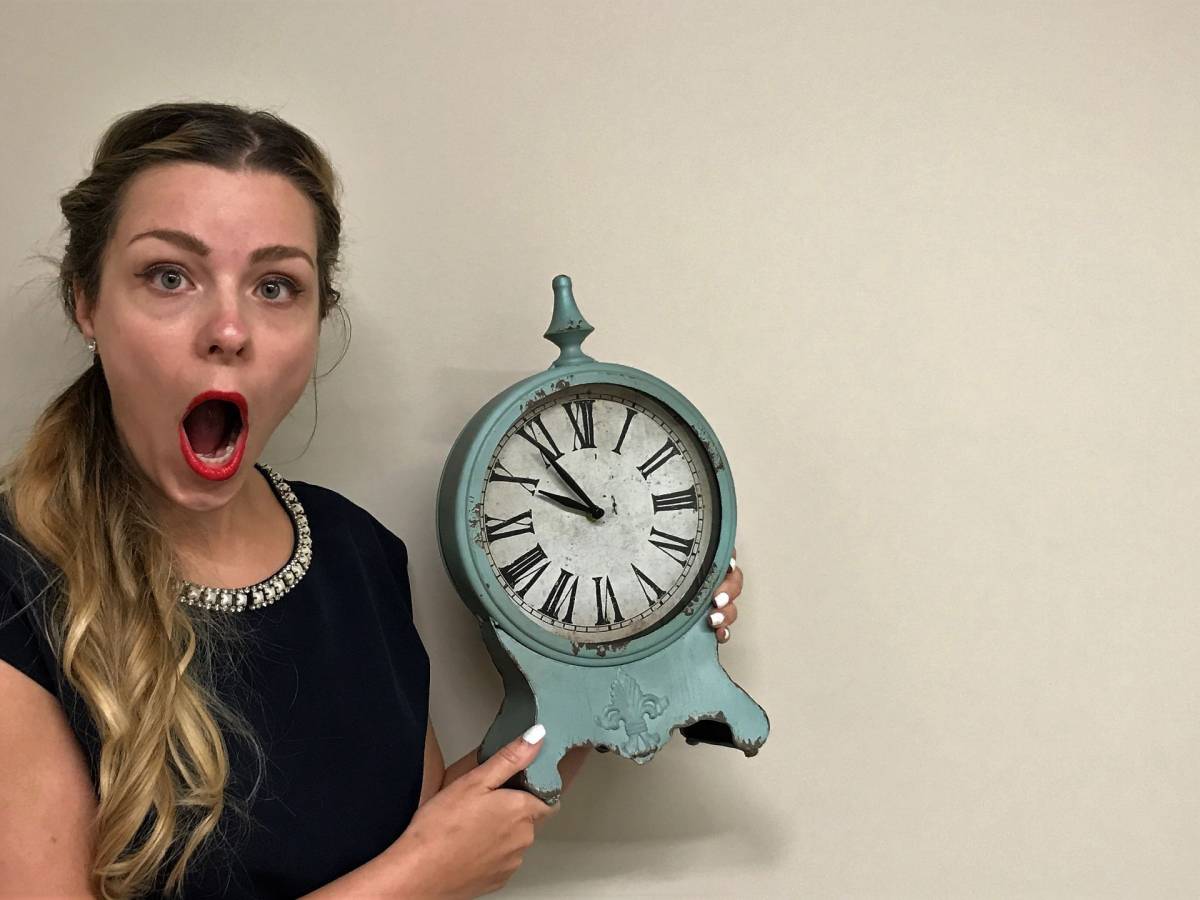November is National Diabetes Awareness Month and there are over 11 million Canadians living with diabetes or pre-diabetes today. Diabetes can lead to a wide variety of health problems, but were you aware that it can also put you at risk for dental issues? High blood sugar affects every part of the body, including the teeth and gums.
When it comes to diabetes and your oral health, here are some problems to look out for:
1) Gum Disease
Gum disease can take two forms: gingivitis and periodontitis. Gingivitis is a less serious inflammation of the gingiva that can be painful and leave you with swollen, bleeding gums. If left untreated, gingivitis can develop into periodontitis, which eats away at the tissue and bone support around your teeth.
Once that bone is gone, it’s almost impossible to get back. Eventually, the teeth will loosen and could ultimately require extraction. Because of the bacteria hiding in those deep gum pockets, you may experience bad breath or a bad taste in your mouth. For more information, check out my video on Gum Disease here!
Diabetes is a major risk factor for gum disease due to reduced blood supply to the gums, slow wound healing, and increased risk of bacterial infection. To further complicate matters, untreated gum disease will raise the blood sugar levels, making diabetes more difficult to manage.
2) Dry Mouth
If you have diabetes, you’ll be familiar with feeling constantly thirsty or having a “cotton mouth”. Saliva is very important for washing away plaque from the teeth. The more plaque means a higher risk of gum disease and dental decay. Other symptoms include dry or cracked lips and difficulty chewing or swallowing.
Dry mouth associated with diabetes is worsened by caffeine, tobacco, and alcohol, as well as spicy and salty foods.
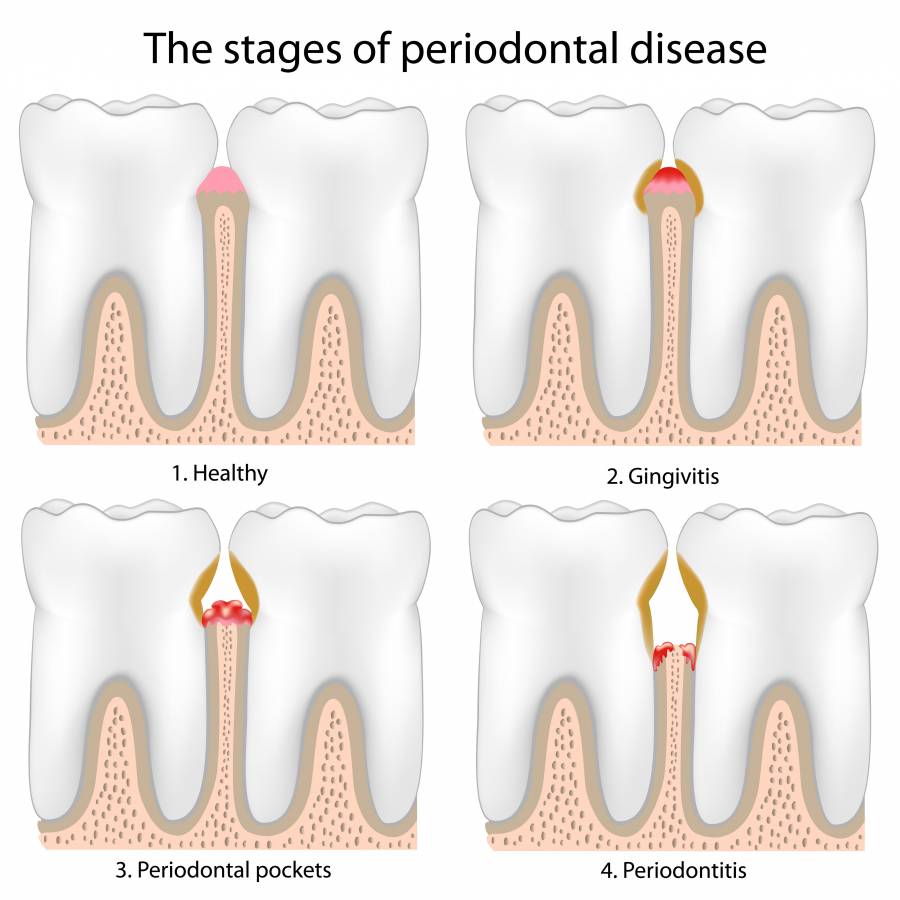
Follow these tips to enhance your oral health while living with diabetes:
1) Practice good oral hygiene by brushing twice and flossing once daily. Consider investing in an electric toothbrush, such as the Sonicare which has special settings for patients with gum disease, or a Waterpik to help flush those deep pockets and clear food debris.
2) Manage your diet and experiment with diabetes-friendly recipes found at www.diabetesfoodhub.org. Also, be sure to stay hydrated and stick to water.
3) Schedule regular dental visits. While you may only need to see the dentist twice per year for check-ups, we recommend patients with diabetes see their dental hygienist for regular cleanings every 3 months. The reason is to disrupt the bacteria and inflammation so that we can stop the disease from getting worse. This will also help keep your blood sugar in-check.
4) See a Periodontist, a dentist that specializes in gum disease, if your dental team recommends their help in combating the disease.
Our team at Horizon Dental would be happy to help you achieve good dental health while managing your diabetes. You can contact us by clicking here! Or you can email me directly at drcindy@horizondental.clinic.
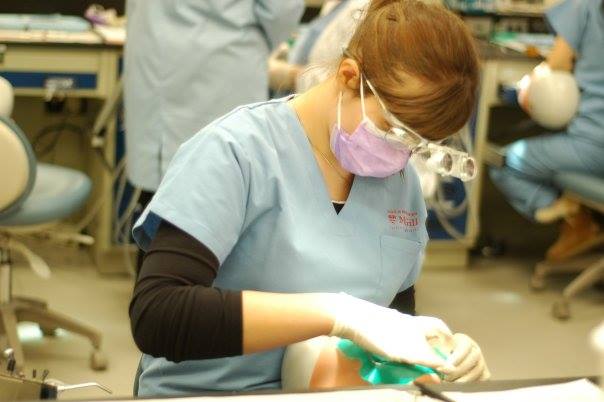
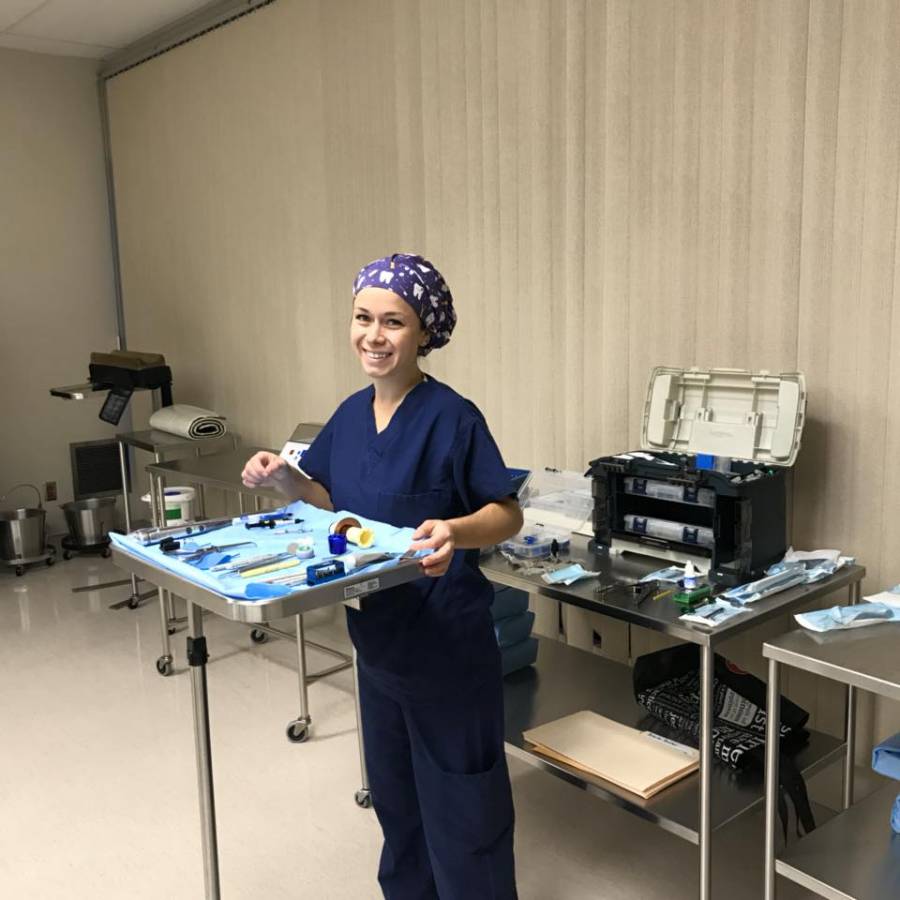
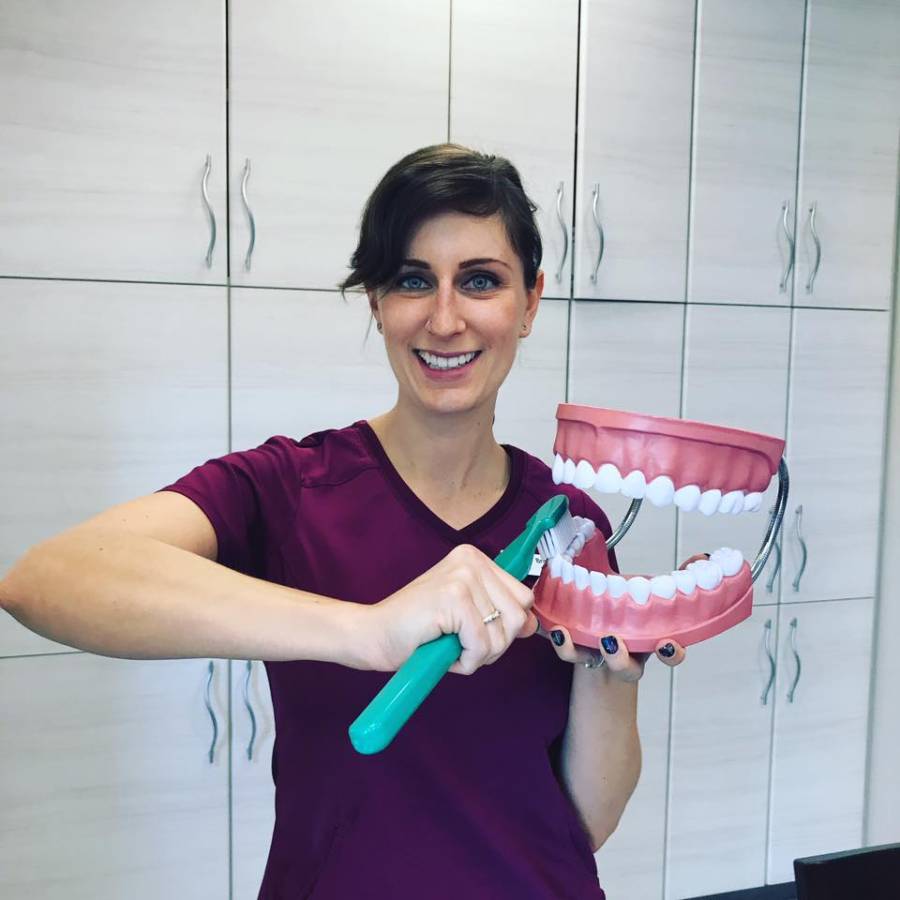

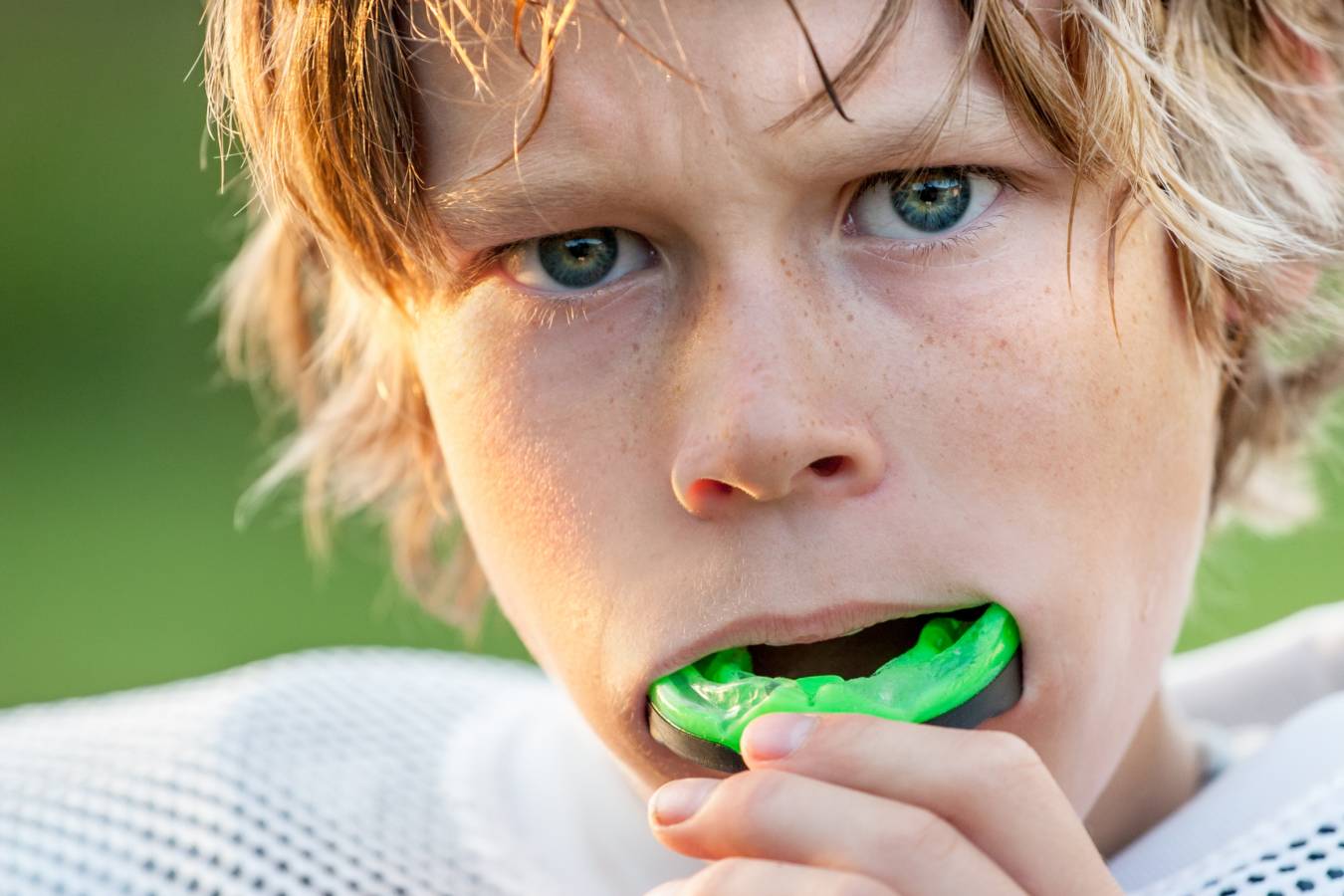
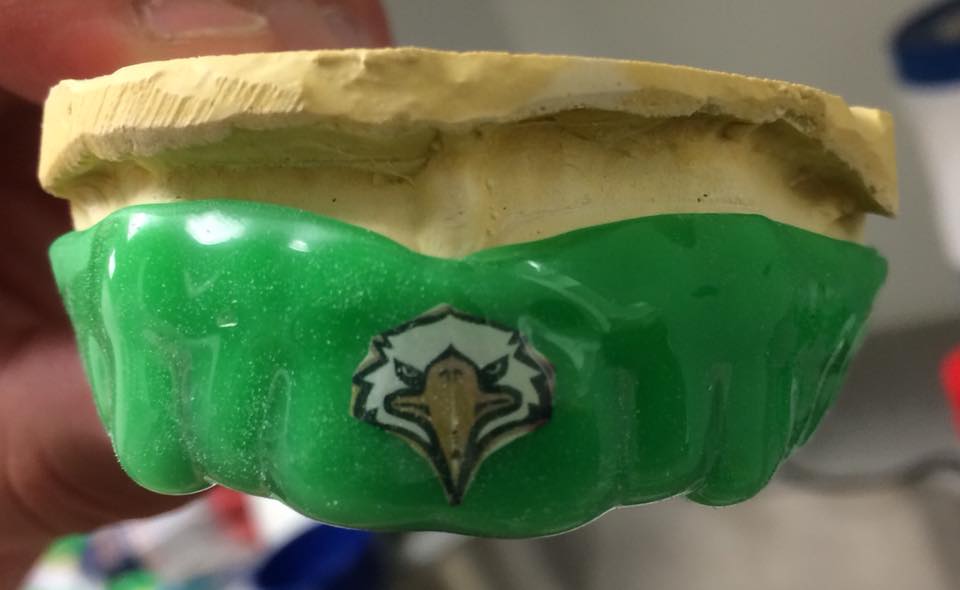

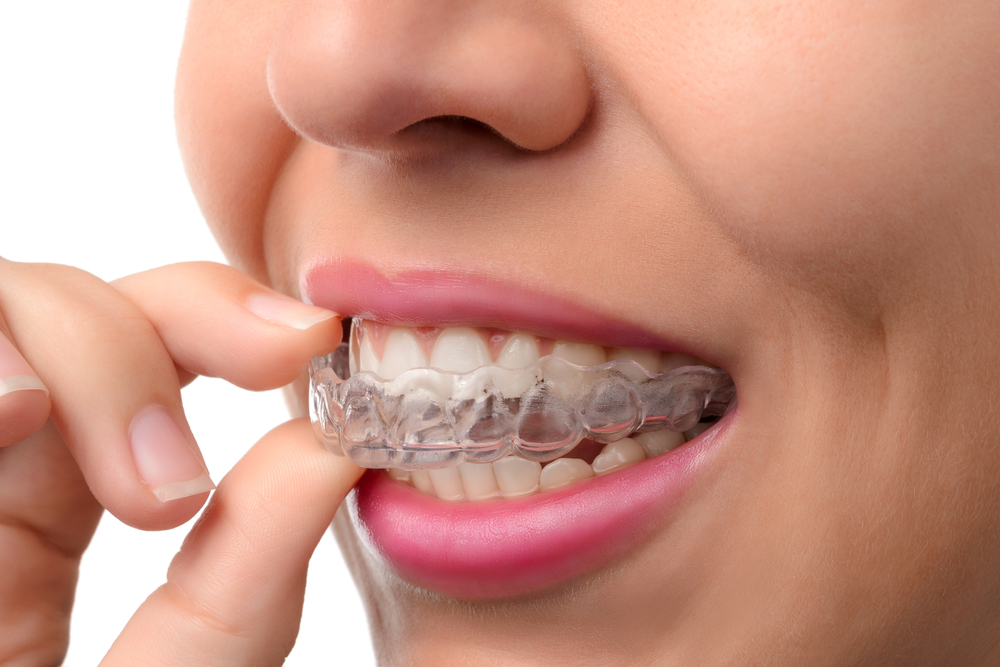
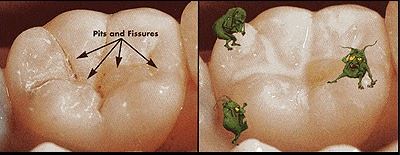
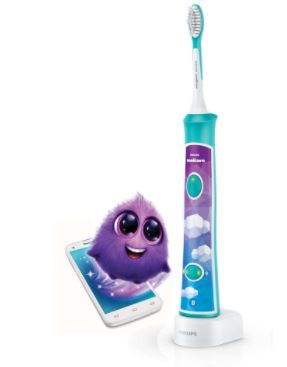
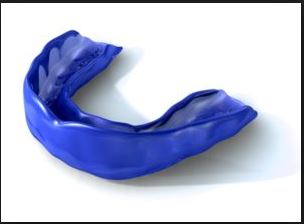


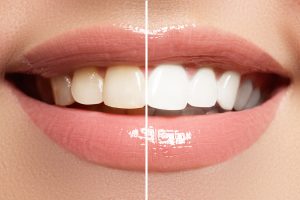
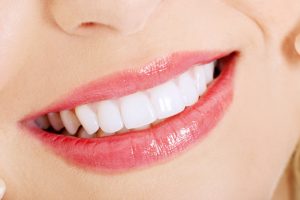
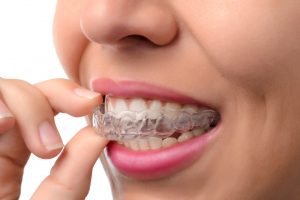 Invisalign
Invisalign